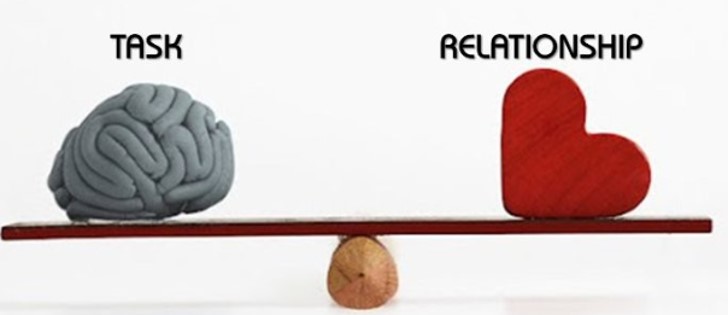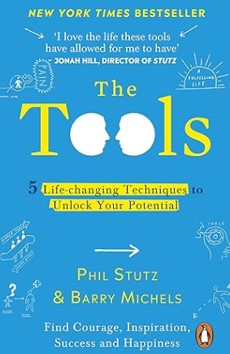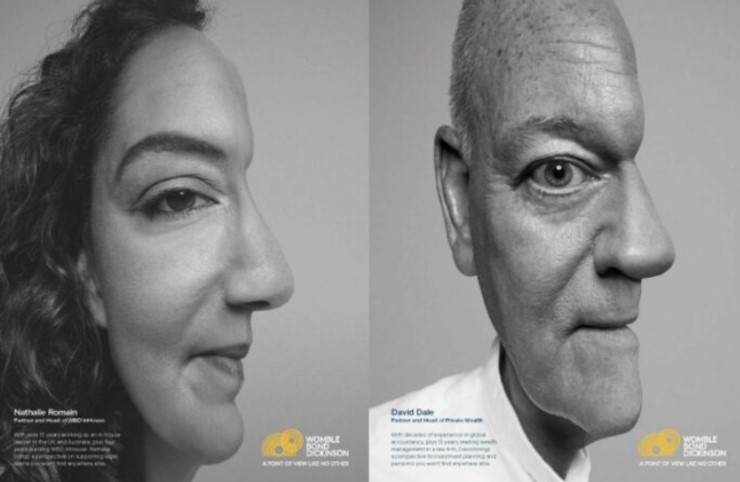This is one of a series of blogs on problem solving, creative thinking and creativity to support a number of public and in-house training courses on the subject with regards to strategy and business development. Please let me know (kim@kimtasso.com) if you would like further details of half and full day workshops or services to design and facilitate sessions.
I wrote a few days ago about my seven ideas for enhancing creativity – http://kimtasso.com/creativity-1-seven-steps-become-creative/Another recipe for enhancing creativity comes from Michael Gelb who studied the notes of Leonardo da Vinci to understand the routine that provided a framework for his astonishing creative work.
1. Curiosita – “An insatiably curious attitude to life and unrelenting quest for continuous learning”. Constantly ask questions and enquire how things work. Keep an open mind and notice things. Keep a journal – using both words and images – to continually record observations and thoughts.
2. Demostrazione – “A commitment to test knowledge through experience, persistence and a willingness to learn from mistakes”. Seek tangible proof for observations. Accumulate wisdom through experience. Seek different points of view.
3. Sensazione – “The continual refinement of the senses, especially sight, as the means to enliven experience”. One of his mottos is saper vedere (meaning “knowing how to see”). Writing detailed accounts, active listening and vivid visualisation using all the senses are techniques.
4. Sfumato – “A willingness to embrace ambiguity, paradox and uncertainty”. The key is not to assume that anyone knows the answers for certain and to question every premise.
5. Arte/Scienza – “The development of the balance between science and art, logic and imagination”. Mind mapping (see books by Tony Buzan) mimics the brains networking approach to thinking.
6. Corporalita – “Cultivation of grace, ambidexterity, fitness and poise”. This relates to your physical well-being, what you wear and how you act.
7. Connessione – “A recognition of and appreciation for the interconnectedness of all things and phenomena”. Systems thinking and interdependence. Forced association is a technique that is used here.









